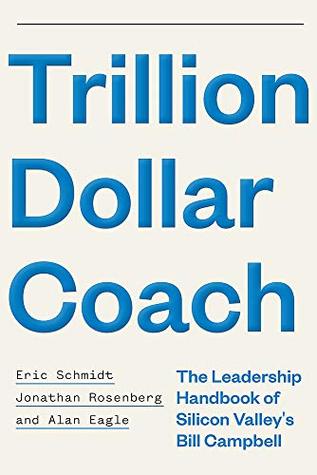 Building A Story Brand by Donald Miller
Building A Story Brand by Donald Miller
My rating: 4 of 5 stars
The aim is to have the customer as the hero of the story. Companies don’t tend to focus on the aspect of their produces which help people survive and thrive – people need to survive and want to thrive, how can the company help. Secondly companies don’t clearly articulate their offer – clarity is key and saying a lot less is a lot more.
Critical questions that should be answerable at any point in the story:
- What does the hero want?
- Who or what is opposing the hero getting what she wants?
- What will the hero’s life look like if they do (or do not) get what they want?
Can a caveman immediately look at your website and answer:
- What do you offer?
- How will it make my life better?
- What do I need to do to buy it?
| A Character who will be the hero – this is the customer (not the brand). What is needed for survival? Economic and social resources to eat, drink, reproduce and fend off foes. |
| Has a Problem they need solving. Problems are at three levels, customers are motivated to solve internal problems. Villain – The source of the problem. It should be relatable. It should be singular. It should ne real. External – A physical, tangible problem to overcome Internal – What frustrations do our products resolve? Philosophical – Why does this matter? Terms like ought and shouldn’t. Tesla Villain – Gas guzzlers destroying the planet External – I need a car Internal – I want to be an early adopter Philosophical – My choice of car ought to help save the environment |
| And Meets a Guide, which is the brand. The guide is not the hero. Empathy – e.g. “we understand how it feels to …” or “Nobody should have to experience …” or “Like you we are frustrated by” Authority – testimonials, statistics, awards, logos |
| Who Gives Them a Plan Process – to make clarity, alleviating confusion Agreement – list of agreements, alleviating fear Give the plan a name |
| And Calls Them to Action Direct – e.g buy now Transitional – e.g. schedule a call or free information this can stake a claim to your territory, create reciprocity and position yourself as the guide |
| That Helps Them Avoid Failure |
| That Ends in a Success Between the start and the end compare what the character has, feels, average day looks like and status. |
 Leadership and Self-Deception: Getting Out of the Box
Leadership and Self-Deception: Getting Out of the Box

 The Principles of Product Development Flow: Second Generation Lean Product Development
The Principles of Product Development Flow: Second Generation Lean Product Development Wooden on Leadership: How to Create a Winning Organization
Wooden on Leadership: How to Create a Winning Organization
 The Productivity Project: Accomplishing More by Managing Your Time, Attention, and Energy
The Productivity Project: Accomplishing More by Managing Your Time, Attention, and Energy
 Extreme Ownership: How U.S. Navy SEALs Lead and Win
Extreme Ownership: How U.S. Navy SEALs Lead and Win Leadershift: The 11 Essential Changes Every Leader Must Embrace
Leadershift: The 11 Essential Changes Every Leader Must Embrace Essential Kanban Condensed
Essential Kanban Condensed Great at Work: How Top Performers Do Less, Work Better, and Achieve More
Great at Work: How Top Performers Do Less, Work Better, and Achieve More Trillion Dollar Coach: The Leadership Handbook of Silicon Valley’s Bill Campbell
Trillion Dollar Coach: The Leadership Handbook of Silicon Valley’s Bill Campbell